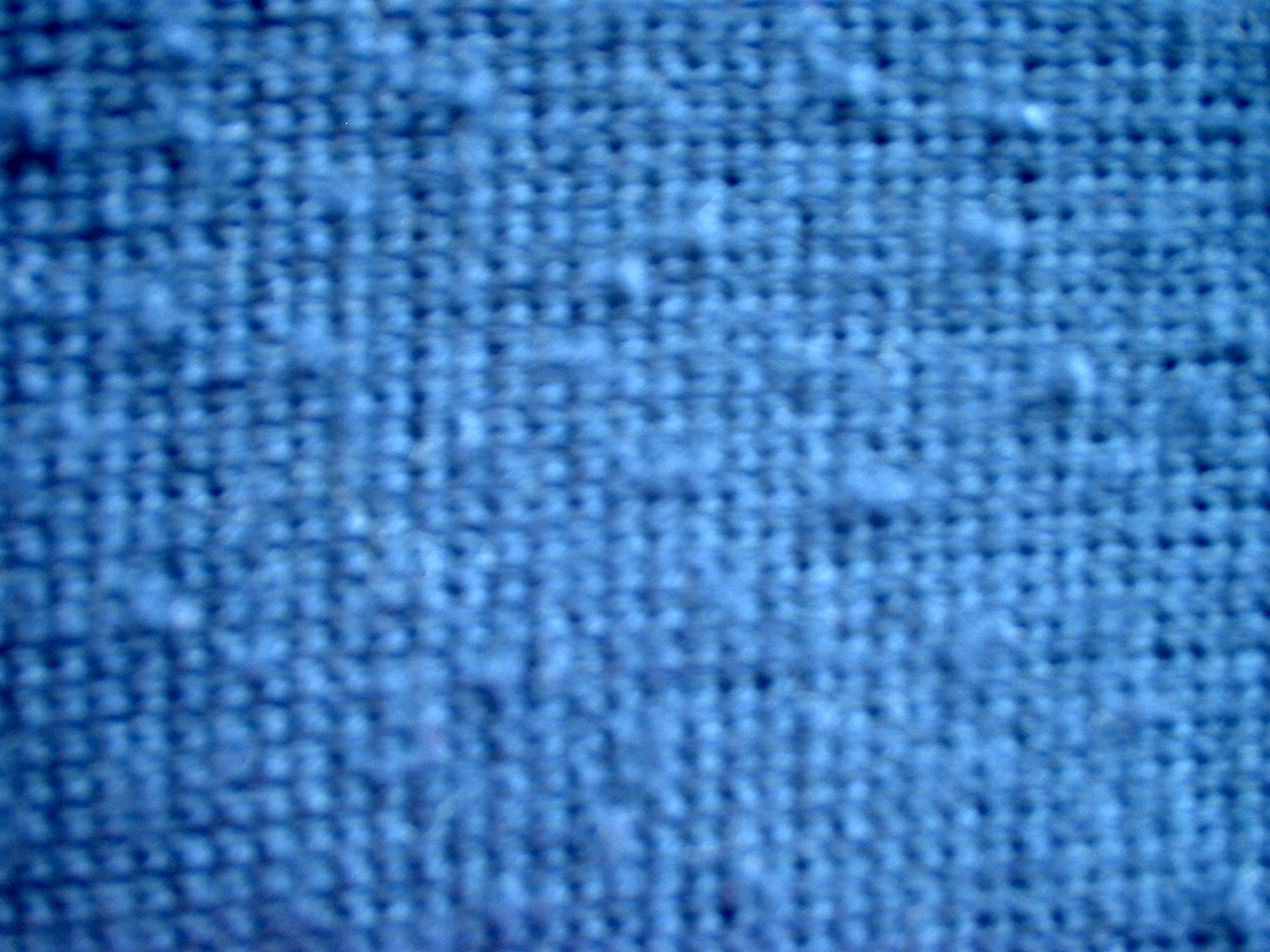
Andrew asks: I have a couple of cashmere sweaters that I wear on a fairly regular basis. I’ve typically sent these sweaters to the cleaners at end of sweater season, and I recently started brushing them after every wear or two. Both sweaters are a few years old, and both have developed a bad case of, for lack of a better term, “fuzz balls.” Hundreds of tiny balls of sweater fuzz liter each sweater, making them look rough and dowdy. This is a case of of lots of little clumps of fuzz forming over time, and not merely a soft, slightly fuzzy surface.
Is this a sign that the sweaters aren’t all that well made, or is it that I’m not caring for them properly? How can I best remove these fuzz balls and what’s the best way to prevent future build up?
Those little fuzzballs are pilling, and they’re a real son of a gun. Luckily, there is a solution.
Firstly though: the issue of quality. All wool pills. Heavy outerwear pills less – it has to do with the lanolin content, which is also both what makes a sweater water-resistant and what makes it smell like a sheep. The main issue, though, is the length of the fibers. Longer fibers are more expensive, and pill less. Shorter ones are cheaper, but pill more. Buy a cashmere sweater from the Gap and you’ll see what I mean.
Once you have pills, you want to remove them. You can simply pull them off with your fingers, but the pulling can sometimes cause damage. You can use a sweater stone, which is sort of like pumice for sweaters, but that may cause the same problem. Generally speaking, you want to cut the balls off, rather than pulling.
Some people do this cutting with a razor blade. This probably works great, especially if you don’t slip. Seems dicey to me, though.
I recommend getting yourself a sweater shaver. You can buy one that’s powered by AA batteries at your local sewing store, or even at Target. This one, which is a little more expensive, has a bit more power and some fantastic Amazon reviews. Your main goal here is that the blade should be cutting, not pulling.
Pilling comes from excessive wear. You’ll often find it, for example, on a sweater’s elbows, which are often rubbing against surfaces. To help avoid the problem, only wash your sweater when it needs it, and avoid friction.
